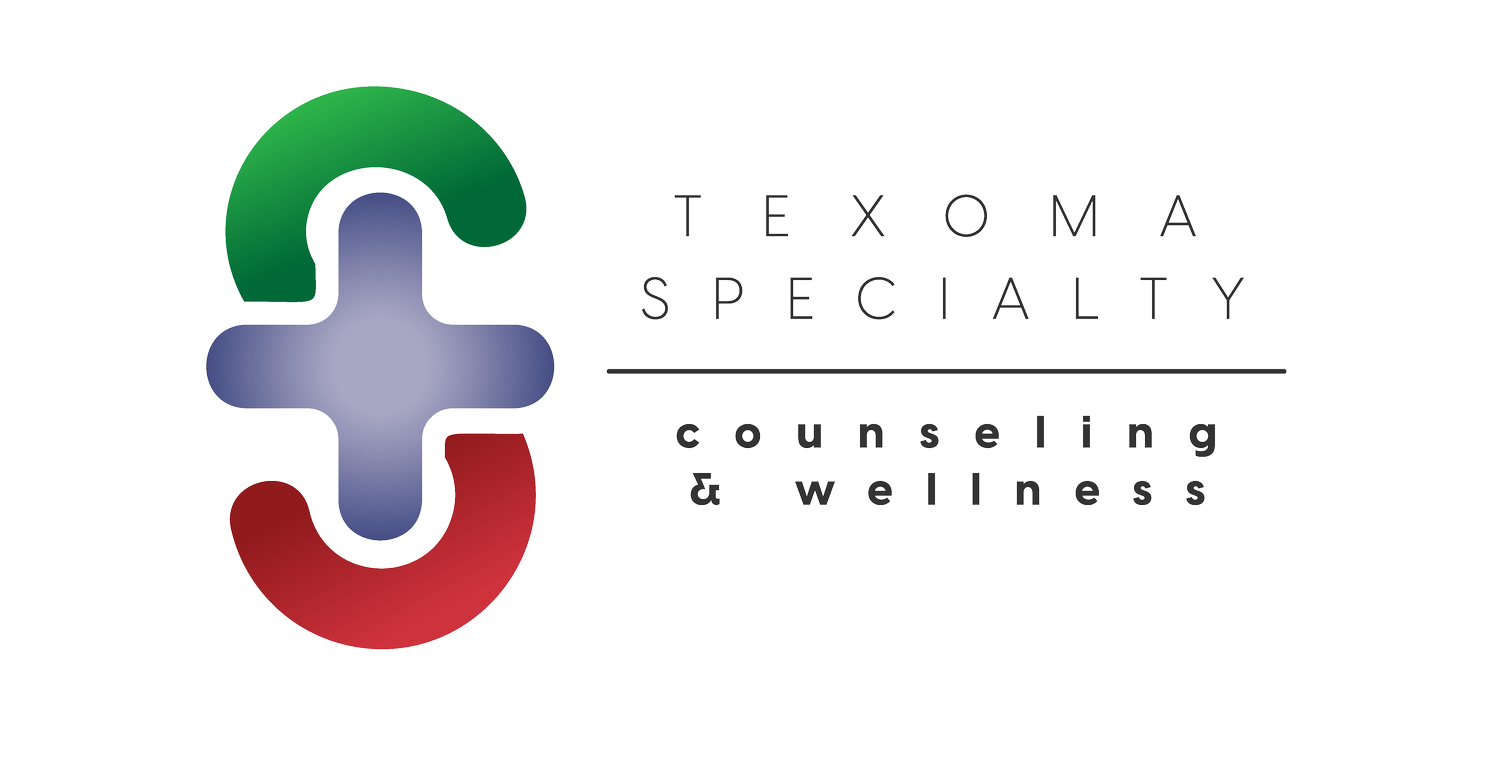How Physical Fitness Can Aid Your Recovery?
Building Confidence through Fitness in Addiction Recovery
This weeks post comes from a colleague, Constance Ray.
Constance specializes in treating individuals with addiction.
You can learn more about Constance Ray and her practice, Recovery Well, here.
The Therapeutic Role of Exercise in Addiction Recovery
It’s no surprise that exercise is good for you, so it only makes sense that it would be beneficial in addiction recovery as well. According to the Mayo Clinic, “Physical activity stimulates various brain chemicals that may leave you feeling happier and more relaxed.” Not to mention it replaces your free time with something productive that works out your body and mind, keeping away temptations and possible relapse.
Here’s are some tips on how you can get into an active routine that will help you stay on track with your sobriety.
Start small
You don’t have to run a marathon your first day. Something as simple as walking your dog is a good start. The Smart Recovery notes that “it may be a while before you start to enjoy working out. It’s going to take time to heal your body and shift your mental frame of reference.” Therefore, the best way to get on track and stay there is to find physical activities you enjoy. For example, hiking and canoeing take place in nature and usually provide a good distraction from the tolls the body is going through.
Build a routine
● Sign up for classes. This is a great way to hold yourself accountable because it’s something you’re paying for and the schedule is already there for you to follow. Whether it’s yoga or a spin class, you’ll have fun getting your body in motion and meeting new people.
● Get together with a buddy and set up a workout plan at the gym. Decide when and how many times a week you’re going to meet. Having a partner means you’ll both feel more accountable.
● Find the time to fit workouts in during your everyday life. Instead of driving everywhere, run, walk, or jog instead. You can also work out at your desk during work or on your lunch break. Try choosing to take the stairs over the elevator, as well as parking farther from entrances so you have to walk more. Of course, those commercial breaks while watching TV provide a nice cushion of time for quick bursts of exercise.
● Wake up earlier. The earlier you start your day, the more time you have to fit in a new physical fitness program.
● Get the whole family involved. Everyone can benefit from more movement, and you can use the support. This is also a great way to fit your workouts in with family bonding time.
Be kind to yourself
Look at this new lifestyle with a positive frame of mind. Building a healthy, active routine means you’re taking the time for self-care. It’s easy to feel stressed, depressed and even angry in relation to your addiction, but exercise is a powerful tool to help relieve these feelings by giving you the outlet to blow off steam and readjust your perspective.
As you continue your recovery journey, taking care of your body is crucial to your healing.
Take it slow and give yourself room to make mistakes, nobody but you will be keeping track.
By finding something you enjoy and can commit to, and by squeezing in extra exercise whenever you’re able, you’ll start to see the benefits unfold. Helping you become physically and mentally stronger to tackle whatever comes your way.
If you are struggling with addiction, past trauma or just need a discerning ear, our counselors are ready to listen.
References:
Mayo Clinic (paragraph 1) – https://www.mayoclinic.org/healthy-lifestyle/fitness/in-depth/exercise/art-20048389
The Smart Recovery (paragraph 2) – http://blog.smartrecovery.org/2012/12/26/benefits-of-exercise-in-addiction-recovery/
workout plan (paragraph 4) – https://www.nerdfitness.com/blog/how-to-build-your-own-workout-routine/
Find the time (paragraph 5) – https://www.fitnessmagazine.com/workout/tips/workout-tips-for-busy-schedules/
angry (paragraph 8) – http://www.swiftriver.com/anger-management-addiction/


